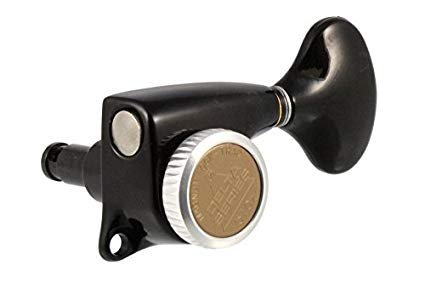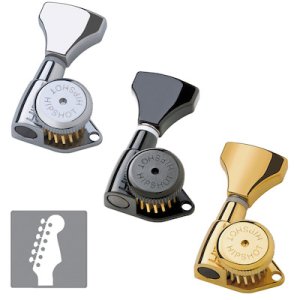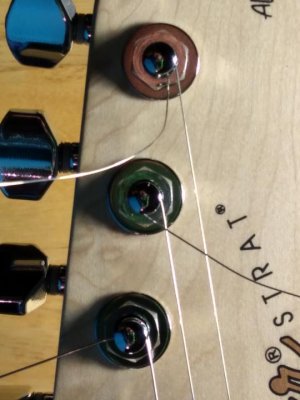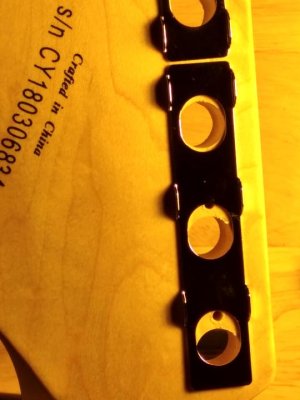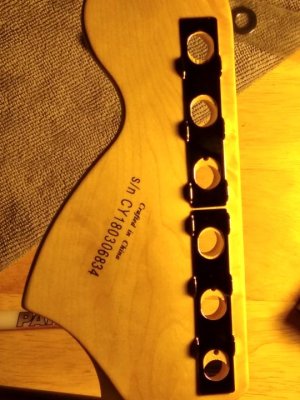Re: Highest quality replacement tuners?
That link is about rope. Rope is a soft and flexible material that will grip a surface in a very different way than a metal string. On guitars you're talking about a slick steel string winding round a slick metal post. It's not an apples to apples comparison. I have read a half dozen books on guitar repair, maintenance and setup. I've also read countless articles.
Most (not all however), but most of the info I've read says that too many wraps around the post is not effective for tuning stability. The same can be said for too few wraps. The optimal number of wraps is between 2 1/2 and 3 1/2 wraps around the post for each string. I recently read an article or excerpt that said it's better to have an extra wrap per string on one side, but now I can't remember if it was on wound or plain strings.
Regardless, all of the material I've read says too many wraps is as bad as too few. I don't claim to be an expert and I read to find the things that work for me. Putting 2.5 to 3 wraps per string on all of my non locking tuners works perfectly, once I stretch out the strings properly and seat the winds on the post. My vintage center hole strat tuners from Callaham are as rock solid in their tuning stability as my locking tuners are. It's the only guitar I have that I won't convert to locking tuners. I don't know if it's the vintage design of feeding the string straight down a hole in the top of the post and then bending the string 90 degrees to start winding that makes them hold tune so well, or if it's the quality of the tuners themselves.
As for locking tuners, it always takes closer to a full wind to bring the plain strings to pitch. It's never been an issue for me. If you feel that you can't pull the plain strings tight enough by hand, try gripping the string with a set of pliers when you're pulling those strings. That should give you more leverage. Perhaps having 6 separate tuning machines vs. the single long strip would give you the added stability you seek?
I don't know enough about mechanical things to help you with the fit being off, but ItsaBass really knows what he's talking about. His advice has been helpful to me on many occasions.
Good luck.
